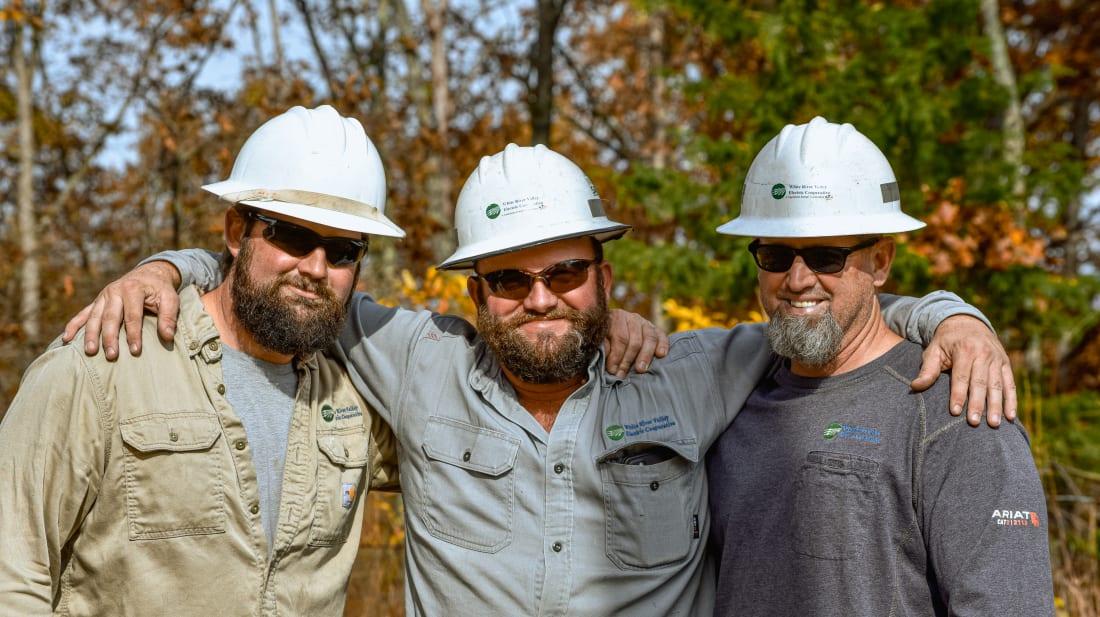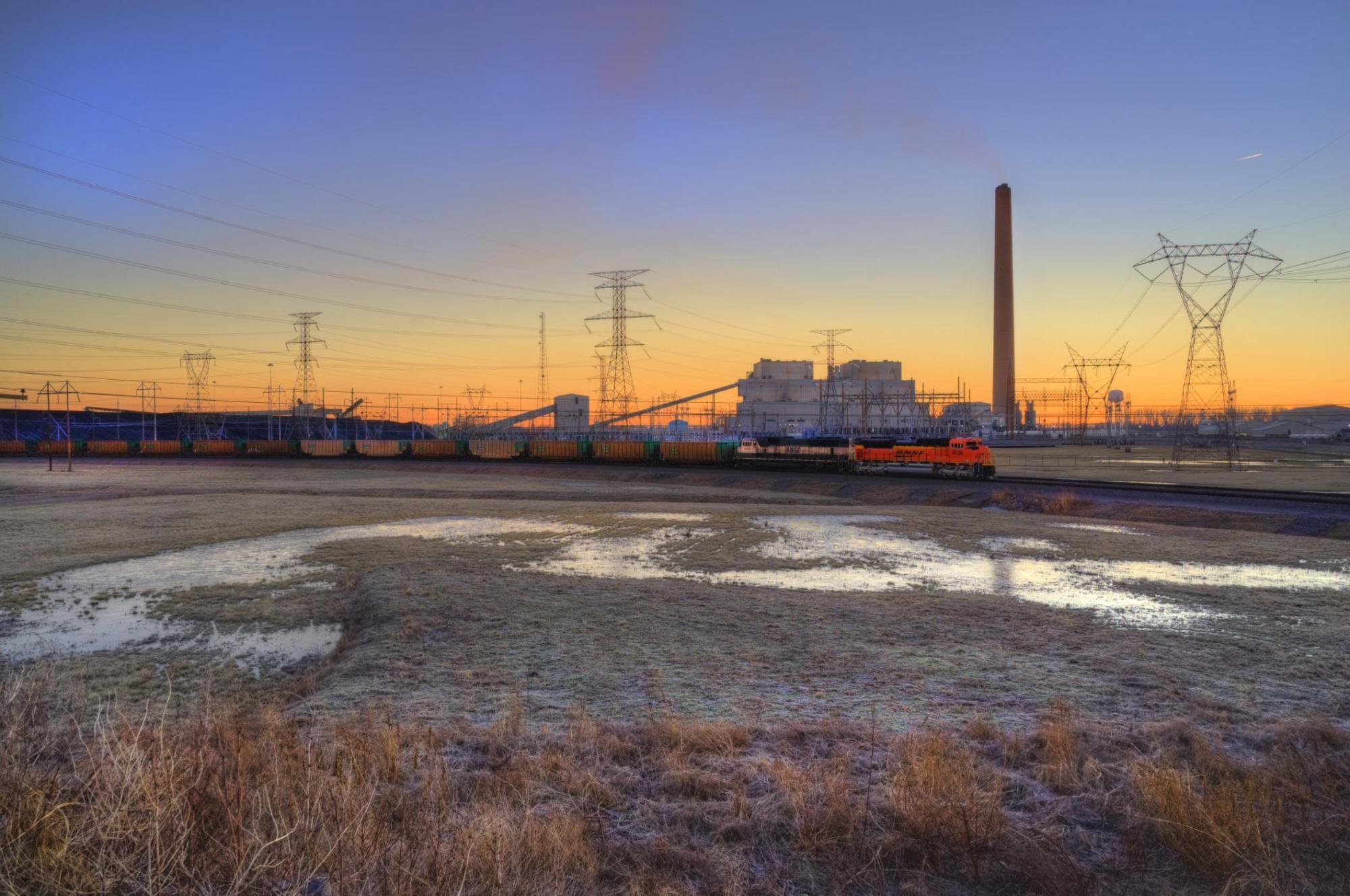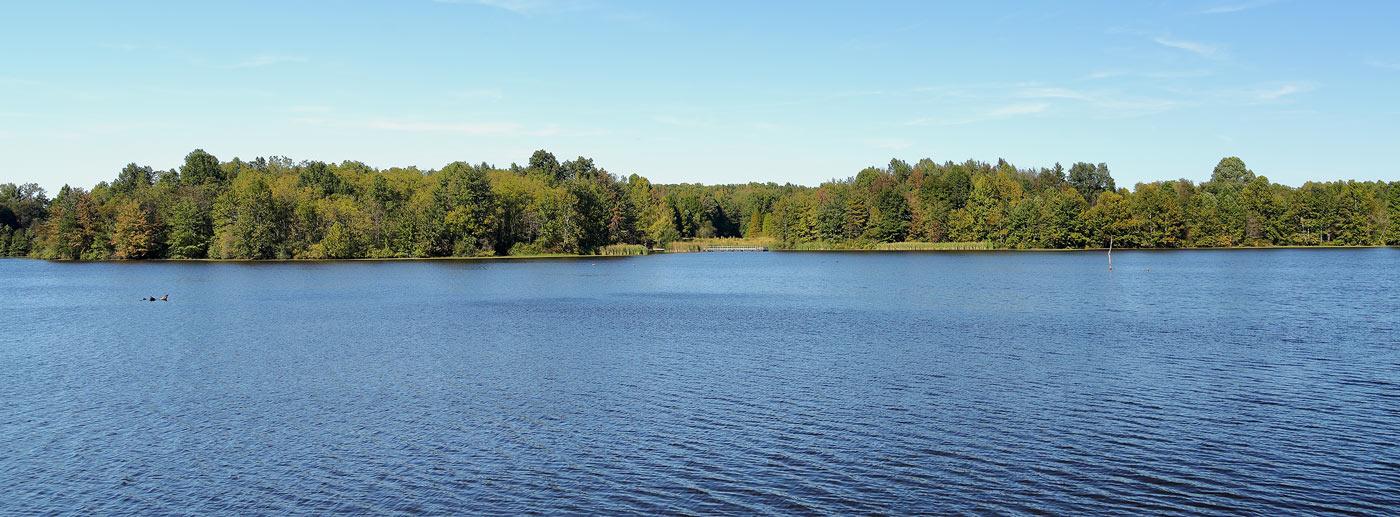Our Energy Summary
Curious about where your power comes from? Check out our quick explainer guide that will walk you through your electricity's journey from generation to your outlet.
Diverse Energy Mix
With changing policies affecting how energy companies produce power, Associated Electric Cooperative works with one goal: to serve the member. You can learn more about Associated's member-first focus for energy generation and how the cooperative uses a mix of energy sources to keep your power reliable and affordable.
Reliable Electricity
Providing reliable power expected by members requires different types of generation. Associated’s fleet — producing electricity generated by natural gas, coal, wind and hydropower — is diverse enough to provide power on the hottest, coldest, driest, windiest and calmest days.
Affordable Electricity
Electricity is provided to members 24 hours a day, seven days a week, 365 days a year. As members ramp up their use, Associated’s goal is to ensure reliability, then match members’ needs to the most affordable generation resource.
Responsible Electricity
A focus on members drives Associated to be responsible caretakers of the natural environment. Balancing reliable and affordable electricity with environmental responsibility is not easy or inexpensive, but Associated is committed to generating power the right way.




